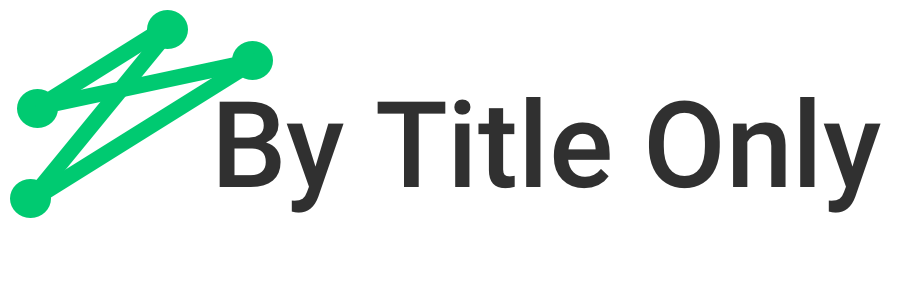A hockey stick is good for many things, the most important of which is to play hockey. It’s not really good for financial forecasting.
Still, I see many leaders create financial forecasts that look just like a hockey stick. You’ve probably seen it too. It looks like this
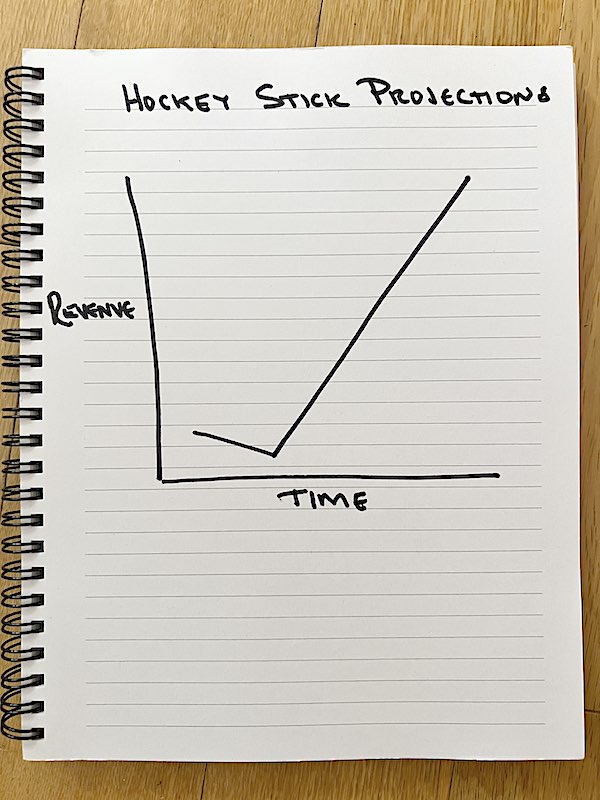
Hockey stick growth is awesome in theory. The problem is that it’s mostly just in theory. Very rarely do you actually see a hockey stick growth curve – and if you do, you’re probably just not panning out far enough.
Believe it or not, your productivity, mental health, and career growth are reliant on understanding this. But in order for us to talk about that, we must first have a little chat about triathlon training.
When I Was A Long-Distance Athlete
I was a long-distance athlete for many years. I got my jollies out of marathon running, Ironman triathlon racing, and other assorted chicanery.
To race these types of long-distance events you need to prepare. To prepare, you need a training program.
Endurance training programs all follow the same general structure. There are four basic phases:
- Phase 1: Base
- Phase 2: Build
- Phase 3: Peak
- Phase 4: Recover
(Editors Note: I know you don’t care about triathlon training, but this is going to be meaningful to you in a second. So stay focused. You can do it. I believe in you.)
Phase 1: Base
The Base stage of training happens mostly in your comfort zone. It doesn’t feel like growth. Your focus is on building up fitness and getting the body used to the exercise.
Think of it like strengthening your infrastructure.
Phase 2: Build
After a bit of time, you’ve strengthened your infrastructure, and your body is used to the workload. It is here that you start increasing the workload and building more stamina. You go a little further, stretching yourself a little outside of what feels natural.
Phase 3: Peak
Once you increase your stamina, you then begin to push the limits. Peak performance is when you start firing on all cylinders. Everything comes together and you’re killing it out there.
Phase 4: Recover
You’ve completed the three phases of the cycle, you’ve had a great race, and now is the time to let the body rest and recover before you start the whole process all over again.
—
If I were to draw this process on a notepad, it’d probably look exactly like this:
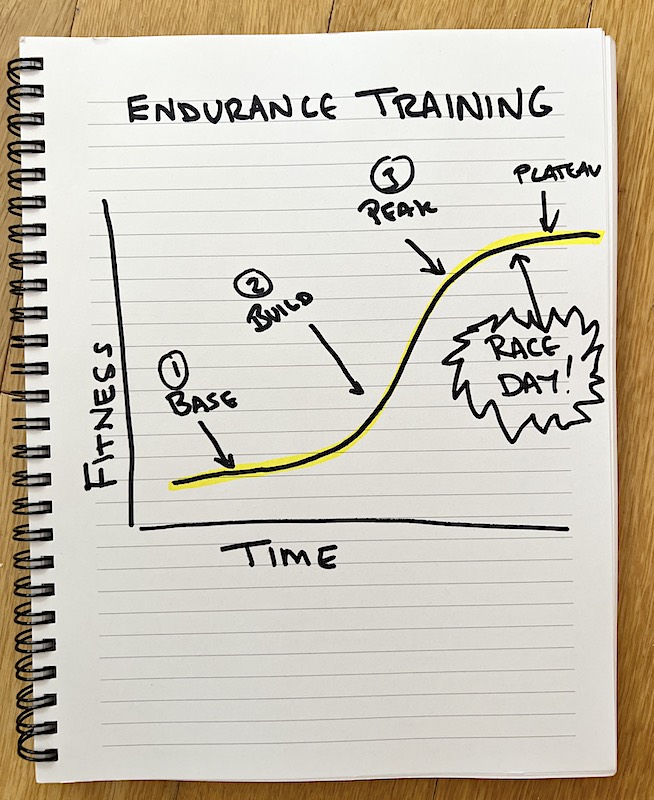
That’s pretty different than the hockey stick, dontcha think?
The S-Curve
That curve I drew above is called an S-Curve, for kind of obvious reasons.
The S-Curve is an important concept to understand, especially if you’re a leader, which you are.
(Editor’s Note: Wake up, this is the part that starts becoming important)
All the hockey stick projections in the world aren’t accurate because they don’t take into account the reality of humanity. And that reality is embodied in the S-Curve.
Growth always comes in stages. Whether you’re growing fast or growing slowly, there are four defined stages.
Come to think of it, the stages are actually quite similar to endurance training. Ain’t that a coinkydink.
Here’s what company growth is like in the normal world:
Stage 1: Base
You are putting people and systems in place. You’re building a new product or process and trying to determine how it will be best received. You’re continually tweaking things to make sure they work effectively. You’re building a base.
Stage 2: Build
The product is in the market, people like it, and sales are beginning to grow. You begin to build off your base and start to scale.
Stage 3: Peak
Sales are thriving. You’re moving fast and everything seems to be growing smoothly. Life is grand, the business is growing at a good clip.
But you know what happens next?The company plateaus.
This is normal.
If I were to draw it on a notepad, it would look really familiar to you:
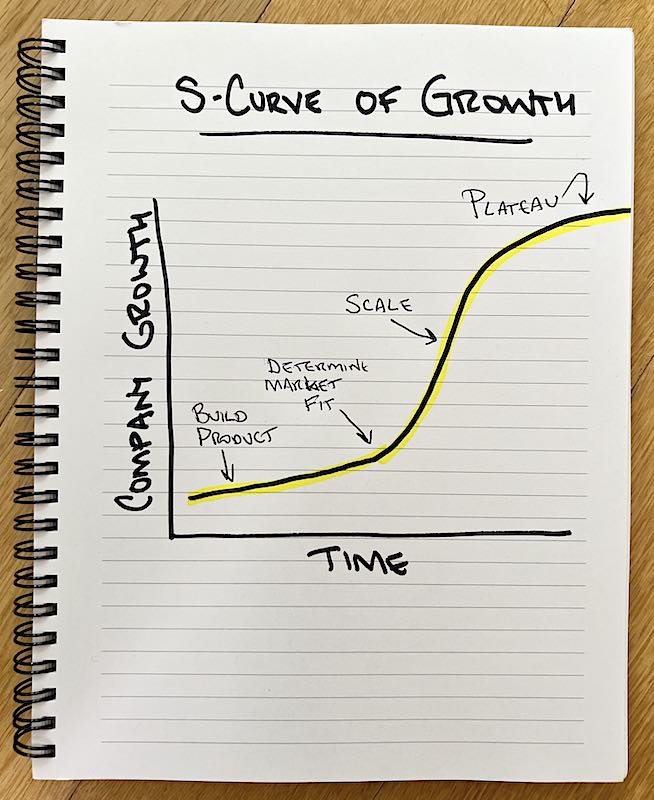
Well golly gee willickers, that sure looks like an S-Curve, don’t it?
Forget the hockey stick. True company growth is about continually stacking these S-Curves one on top of the other.
Company growth looks like this:
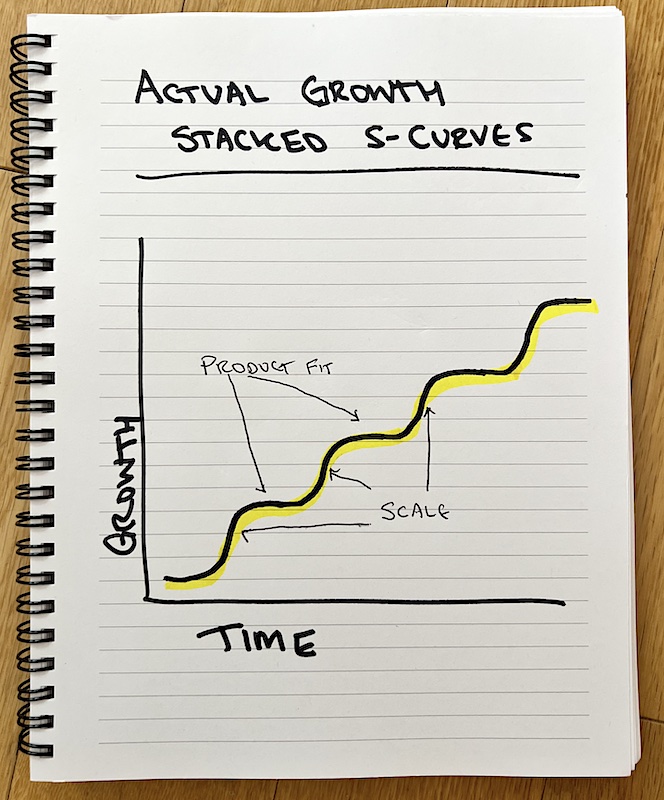
That’s what the best companies in the world do.
That’s how they grow.
That’s how they innovate and that’s how they stay relevant.
They stack S-curves.
Which leads me to you.
(Editors Note: See? Did I tell you we’d get here or did I tell you we’d get here?!)
Your Own Personal S-Curve in Life
I am a growth consultant that helps companies elevate beyond their current S-Curve plateau and rise to the next.
But I also coach leaders.
As it turns out, whether it’s a company or a leader, the S-Curve matters.
Which leads us to this thing called the Energy S-Curve.
(Editor’s Note: There actually isn’t a thing called the Energy S Curve. The writer just made it up. So I guess it’s a thing now. But for clarity, it wasn’t a thing ten seconds ago.)
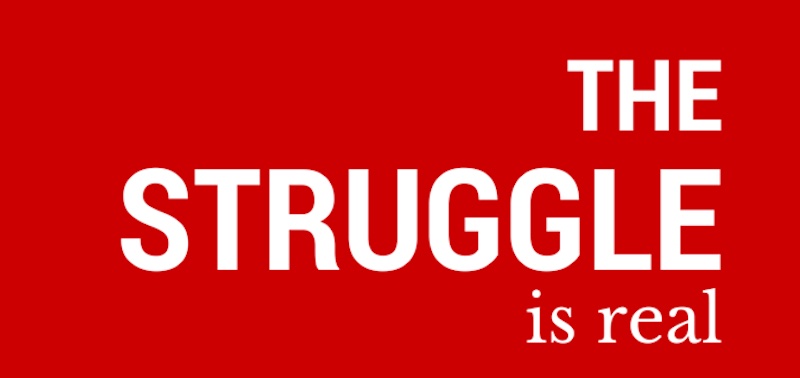
The Energy S-Curve
Just like the human body is not designed to run at full-force without eventually getting burnt out, most people can’t be mentally focused at full-force without experiencing some type of burnout.
There are a kabillion articles that were written during the pandemic about burnout. I shan’t repeat any of them now, but you can just go ask Dr. Google if you want proof that the burnout struggle is real.
As it turns out, there is a healthy way to keep pushing yourself to go further and climb whatever proverbial ladder you’re proverbially trying to climb.
This healthy way of accomplishing that is, yes, an S-Curve.
It’s the Energy S-Curve.
Your Comfort Zone and the Energy S-Curve
Staying in your comfort zone is pretty comfortable. It’s right there in the name.
It doesn’t require a lot of mental energy. In fact, one can say the comfort zone is a lot like base training. The comfort zone allows you to strengthen your base skill sets.
Growth, however, doesn’t happen in the comfort zone. That’s why people add more to their plates – to effectively make themselves a little uncomfortable in order to learn new things. It’s about building their capabilities.
In doing this, you eventually build up the wherewithal to make even bigger moves. You focus to meet an important deadline, push for a promotion, strive to find another job… whatever it is, you use enough energy that your mental state begins to redline.
You can’t maintain that pace for long. Eventually, you must plateau.
You’ve got to energetically recharge and recover so you can get ready to do it all over again.
The Energy S-Curve is simple:
- Work steadily
- Push harder
- Achieve peak performance
- Plateau / recharge
- Repeat
OK, here are two more notepad drawings since you were just about to ask so nicely.
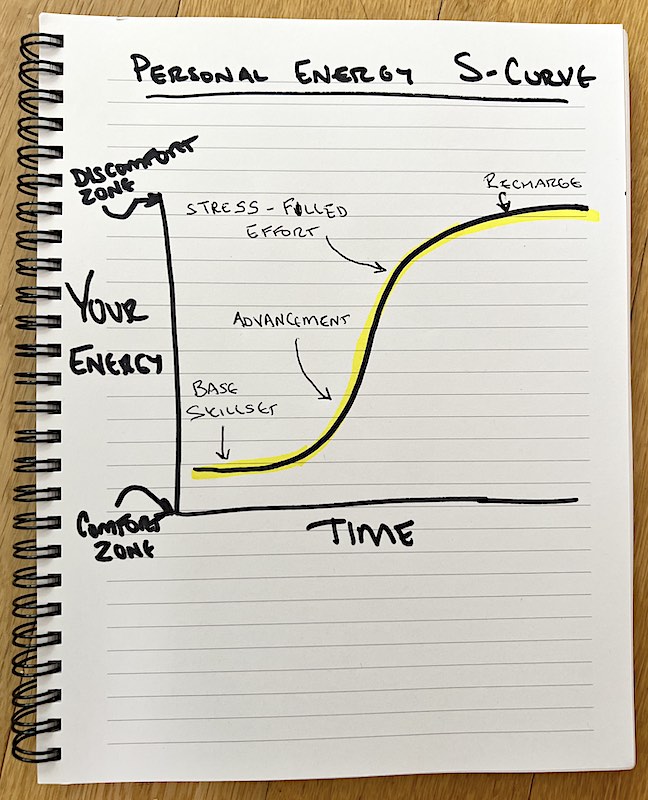
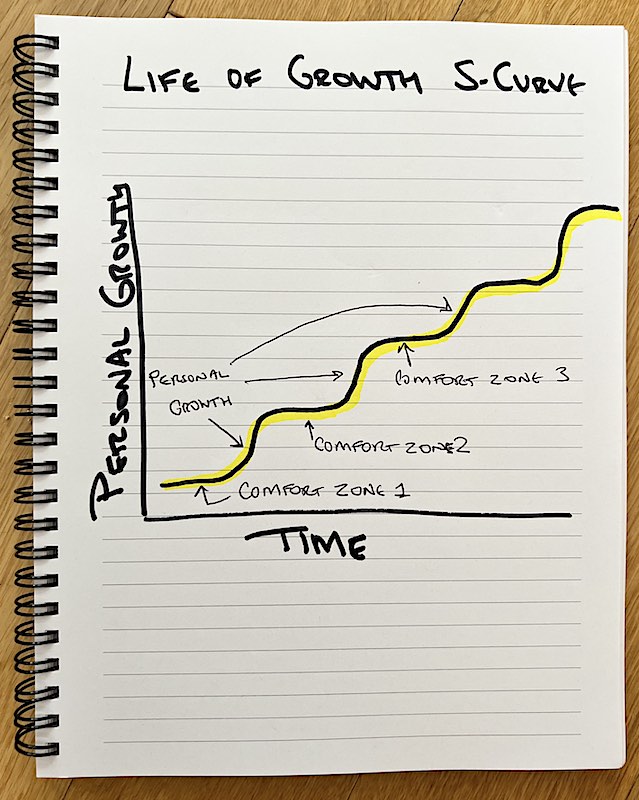
Conscious Curves
I said way up at the top of this article that understanding the hockey stick model is important for your productivity, mental health, and career growth.
Here’s what I mean…
If you try to work full force all the time, if you try to energetically replicate a hockey stick curve, it won’t work. You’ll lack productivity, your health will decline and you won’t grow.
Humans need recovery. It’s why we need to do thinks like, say, sleep.
It is important for you to understand and respect where you are in the S-Curve so you can play the long game. It’s critical for you to know when you’re redlining and need to recover.
Don’t feel guilty getting back in your comfort zone.
Remember, a mesa is still a mountain. You still got to the top of the ledge.
Now go find another S-Curve to build.
A Somewhat Relevant Quote
“Every phase of growth starts with a phase of overwhelm.“
Josh Shipp,, speaker about education
Random News
Skippy – What it looks like to skip rope 374 times in 1 minute
Baggage Bandit – Your baggage is running away
Out Cribbed – The most determined kid ever
Peer-ing – Smoke a cigarette, I dare you
